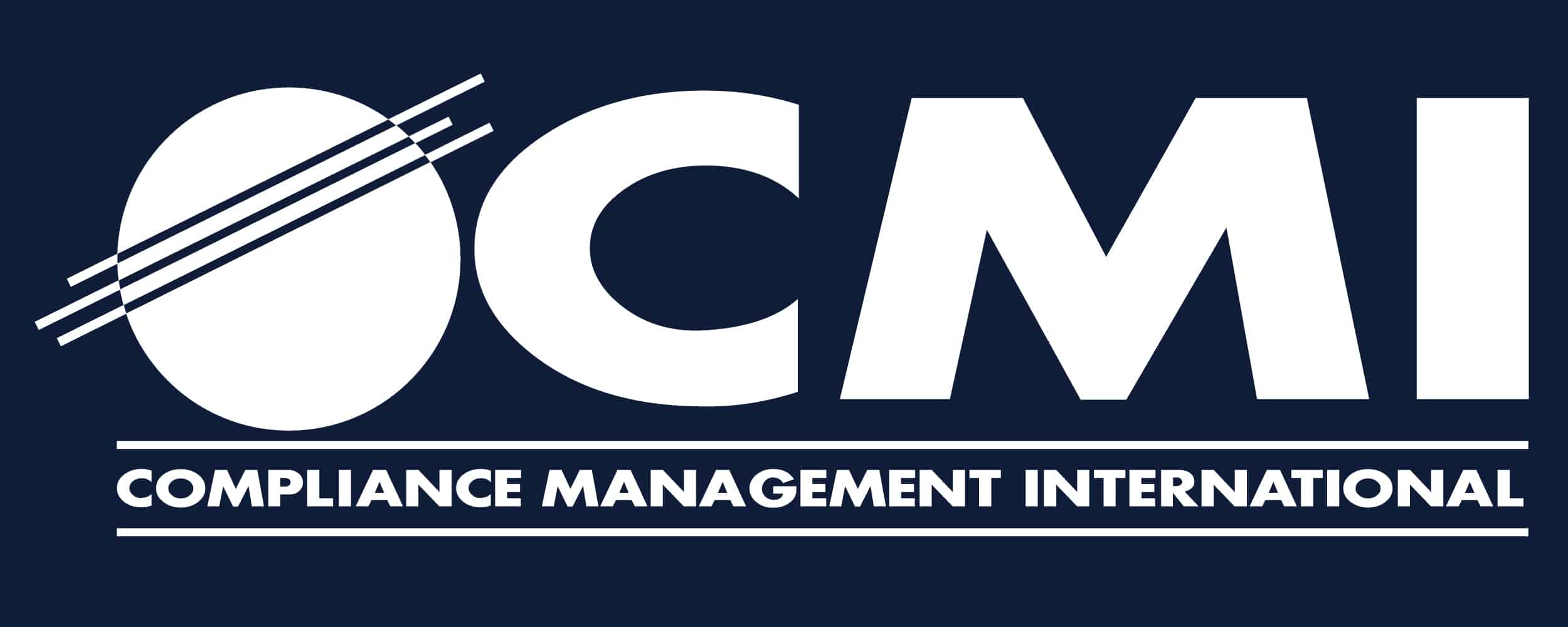
Both OSHA and EPA have regulations that govern the management of ignitable or combustible wastes. Unfortunately, the regulations from the two agencies seem to conflict with each other. When this happens, which regulation takes precedence?
EPA’s RCRA regulation for “Excluded Solvent Contaminated Wipes” governs solvent-contaminated wipes sent for cleaning or disposal. These wipes can only be hazardous because they exhibit an ignitable characteristic. Solvent-contaminated wipes must be managed according to certain conditions, including maintaining certain records, closed containers, proper labeling, an accumulation time limit and no free liquids at the point of being sent for cleaning or disposal.
These conditions are listed in 40 CFR 261.4(a)(26) and 40 CFR 261.4(b)(18). Please note that the Wipes Rule applies only in RCRA-authorized states that have adopted the exclusion and states where EPA administers the RCRA program. Some state agencies may have more stringent requirements than the federal government, so it is important to also check your specific state regulations.
The RCRA regulatory requirement that conflicts with an OSHA standard is the accumulation time limit.
Under the Wipes Rule, solvent-contaminated wipes must be managed according to the specific conditions, which includes that generators can accumulate reusable or disposable wipes for no more than 180 days prior to sending the wipes for cleaning or disposal. This 180‐day clock begins at the start date of accumulation for each container (i.e., the date the first solvent‐contaminated wipe is placed in the container).
How can you prove compliance with the 180-day accumulation requirement? If your facility sends solvent wipes to a laundry or dry cleaner that is permitted to manage these wastes, your vendor should supply a service invoice that would indicate the removal of wipes and a service date. The service date will prove compliance with the 180-day accumulation timeframe. If your facility sends solvent wipes to an incinerator that is permitted for the destruction of this waste or to a landfill that is permitted to receive this waste, you would have manifests to document the shipment of the wipes from your facility.
OSHA regulation 29 CFR 1910.106(e)(9)(iii), requires that combustible waste material and residues in a building or unit operating area shall be kept to a minimum, stored in covered metal receptacles and disposed of daily.
To end the conflict between RCRA’s 180-day accumulation timeframe for “Excluded Solvent Contaminated Wipes” and OSHA’s daily disposal requirement for combustible waste and residues, one needs to consult OSHA’s letters of interpretation. In a May 23, 2000 letter to Howard and Howard Attorneys, OSHA elaborates on the phrase “disposed of daily”.
As stated in the letter from Richard Fairfax, Director of OSHA, the OSHA standard in question does not specifically require combustible waste to be transferred to its ultimate destination on a daily basis, only that combustibles be “disposed of daily” and that this disposal be in “covered metal receptacles.”
Crisis averted! The perceived conflict between the EPA and OSHA regulations doesn’t really exist because OSHA’s “disposed of daily” requirement actually means that the solvent wipes must be maintained onsite in a covered (closed) metal receptacle. It does not require the solvent wipes be transferred offsite daily.
RCRA regulations for “excluded solvent contaminated wipes” provide some additional guidance for generator compliance that is worth mentioning.
- If generators are managing their solvent-contaminated wipes under either exclusion, the satellite accumulation regulations do not apply. While managing solvent-contaminated wipes under the exclusions, generators can accumulate at multiple locations at their facility. However, these multiple locations are not considered satellite accumulation areas.
- During accumulation of solvent-contaminated wipes, the container is considered closed when there is complete contact between the fitted lid and the rim. Bags can be used, provided they meet the closed container standard. EPA considers bags closed when the neck of the bag is tightly bound and sealed to the extent necessary to keep the solvent-contaminated wipes and associated air emissions inside the container. The bag must be able to contain liquids and must be non-leaking.
If you need any assistance with complying, please reach out to us.
Written by Beverly Kershner
